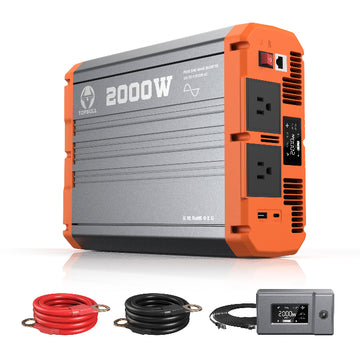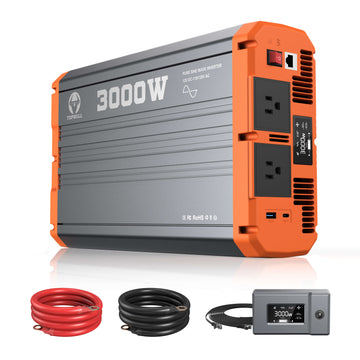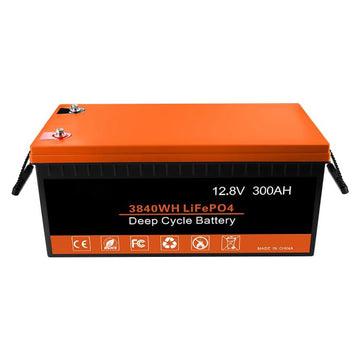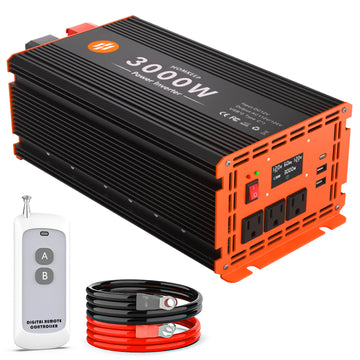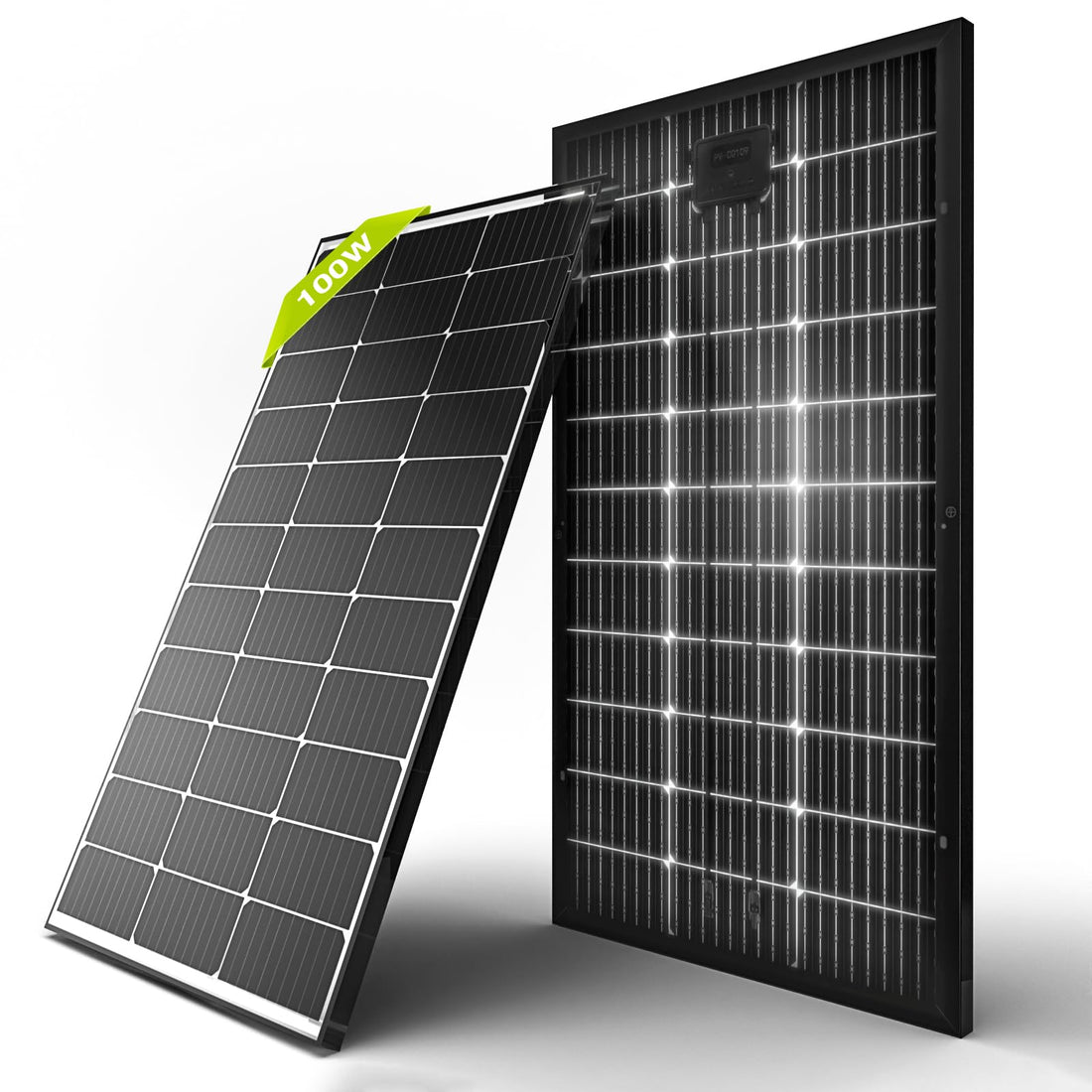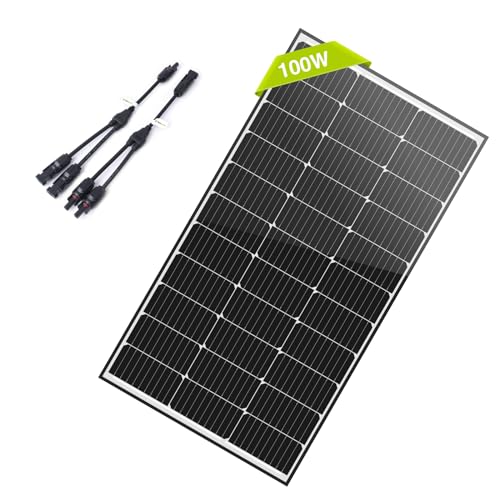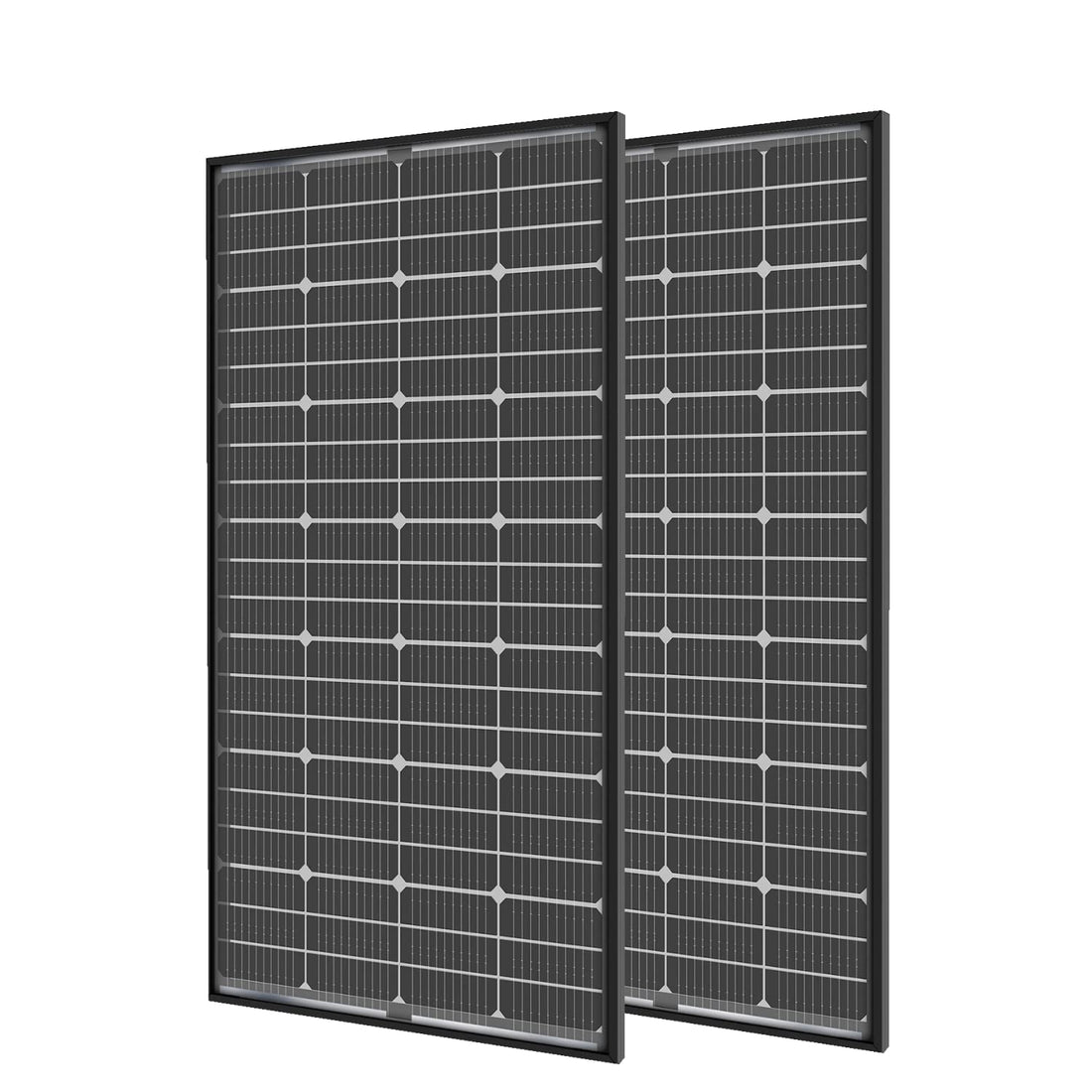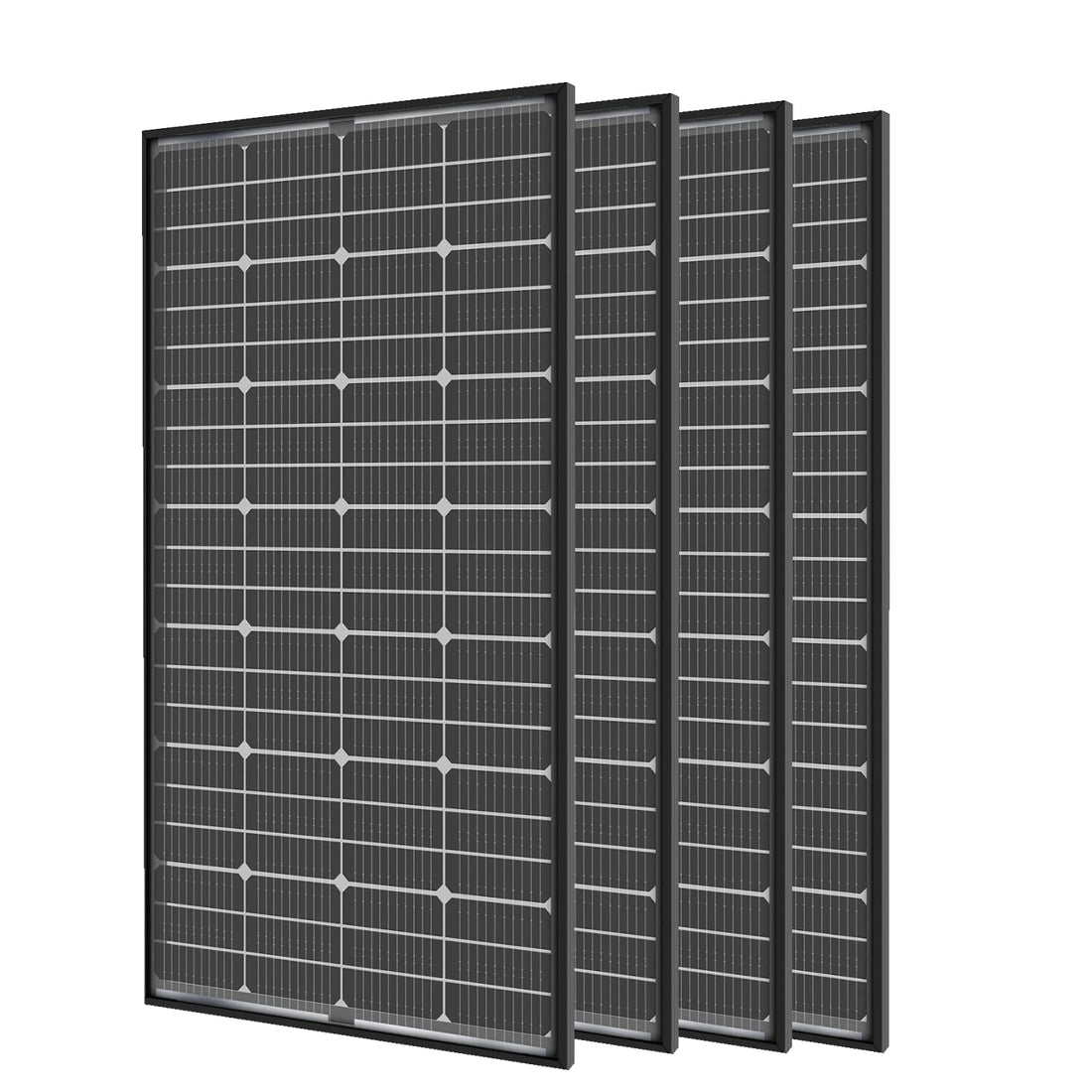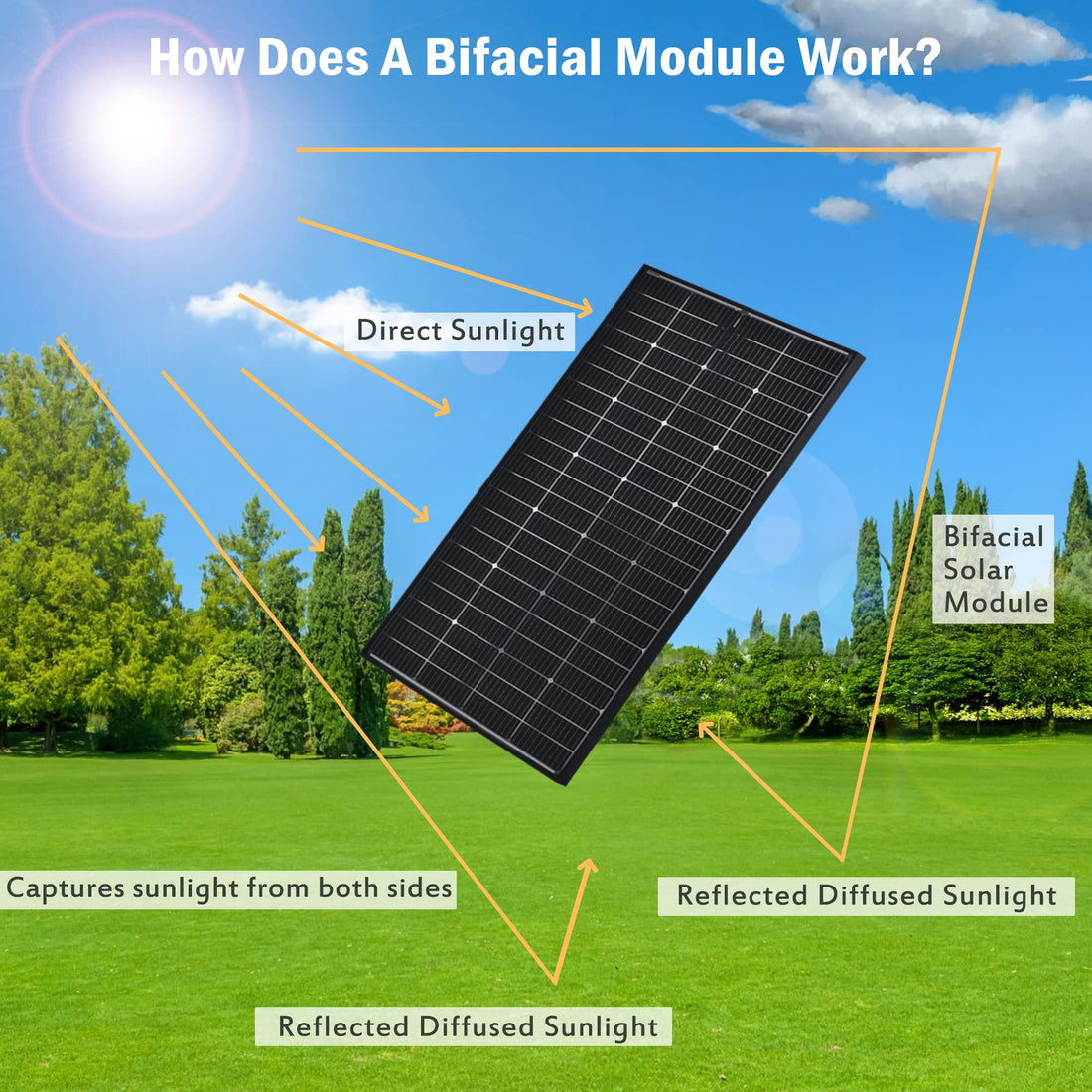Bifacial Solar Panels
We have selected for you bifacial solar panels with advanced technology that not only absorb sunlight efficiently from the front, but also capture reflected light from the back, realizing double power generation efficiency. Our products have excellent technical specifications, including high conversion efficiency (over 20%), high wind resistance, and a wide range of operating temperatures (-40°C to 85°C). No matter where you are, our bifacial solar panels can provide you with stable and reliable green energy.
Sort by
- Featured
- Best selling
- Alphabetically, A-Z
- Alphabetically, Z-A
- Price, low to high
- Price, high to low
- Date, old to new
- Date, new to old

